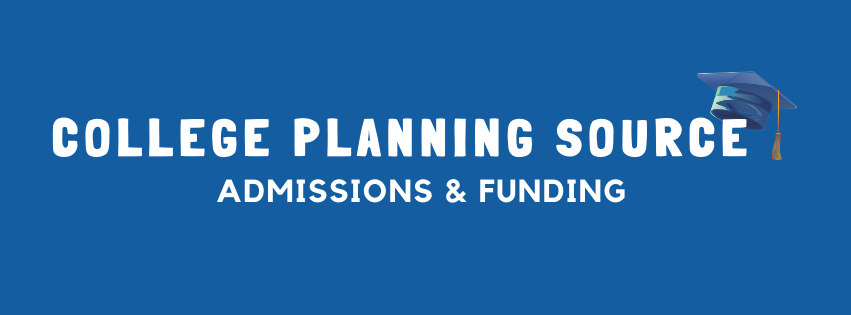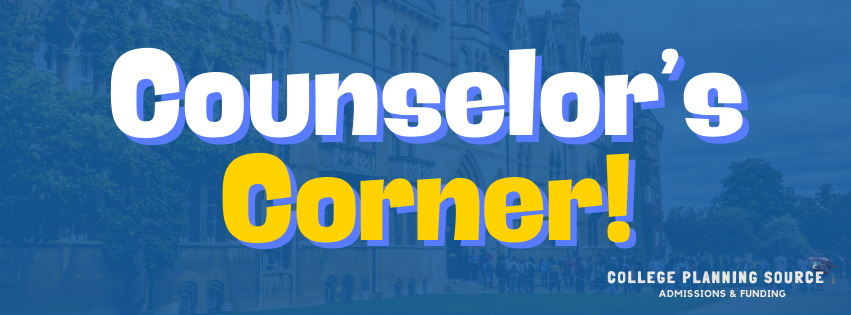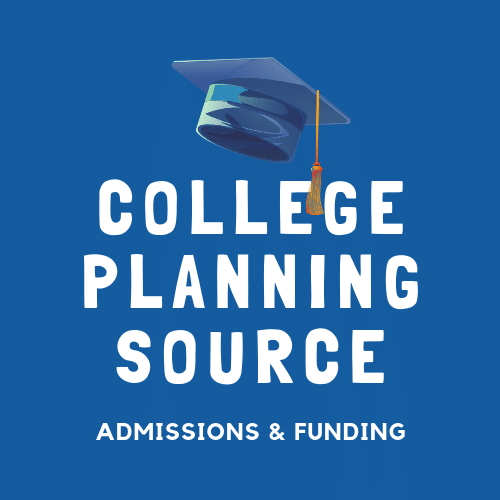-
Student Profile Building
- Extracurriculars - What Colleges are Looking For?
- UC Application Evaluation
- High School Clubs and Organizations
- Service Awards in College Admissions
- Fairs/Competitions (Science Olympiad, Science Fair)
- National/State Academic Excellence Organizations (.i.e CSF, NHS)
- Honor Societies
- Summer Programs
- Passion Projects
- Internships
- Research Opportunities
- Community Service
- Job Shadowing
- How to Make the Most of the School Year
- Understanding the Benefits of Summer Programs: Find Your Passion and Elevate Your College Applications
- Finishing Strong: How to Turn Spring into a Resume Booster
- Show all articles (1) Collapse Articles
As high school students navigate the complex landscape of college admissions, job shadowing emerges as a valuable activity that not only enhances their applications but also offers profound personal insights. This experiential learning opportunity allows students to spend time with a professional in their field of interest, gaining firsthand exposure to day-to-day activities and workplace dynamics. Here’s why job shadowing is crucial and how you can get started.
Benefits of Job Shadowing
Career Exploration
Job shadowing provides a unique opportunity for students to explore potential careers before committing to a college major. This firsthand experience helps in making informed decisions about future educational and career paths, reducing the likelihood of costly major changes later.
Skill Development
Observing a professional at work allows students to learn industry-specific skills and general workplace competencies like communication, problem-solving, and teamwork. These are invaluable as they apply to virtually any career and enhance college applications.
Networking
Job shadowing introduces students to professionals in their fields of interest, helping them build a network of contacts. These connections can be useful for letters of recommendation, internships, and future job opportunities.
Enhanced College Applications
Colleges look for applicants who have demonstrated interest and initiative in their chosen fields. Job shadowing can significantly strengthen a college application, showcasing the student’s commitment and real-world exposure to their intended major.
Where to Job Shadow
Local Businesses and Corporations
Start by looking at local companies that align with your career interests. Many businesses are open to hosting student job shadowers, especially if they have a relationship with local schools.
Hospitals and Clinics
Hospitals and clinics often offer job shadowing programs for students interested in healthcare. These settings provide a comprehensive look at various medical professions.
Government Offices
Local, state, and federal government offices can provide insights into public administration and policy-making. These opportunities often expose students to a variety of roles within one setting.
Nonprofits and Charitable Organizations
For those interested in social work, environmental advocacy, or nonprofit management, shadowing in a nonprofit organization can offer a closer look at how these important institutions operate.
How to Job Shadow
Identify Your Interests
Before seeking a job shadow opportunity, clearly identify your areas of interest. This focus will help you target appropriate organizations and professionals.
Reach Out
Contact potential hosts by email or phone. Introduce yourself as a high school student interested in learning more about their profession. Be polite, professional, and concise.
Prepare for the Experience
Once you secure a job shadowing opportunity, prepare by researching the company and its industry. Prepare thoughtful questions to ask during your shadowing experience to maximize your learning.
Follow Up
After the job shadowing, send a thank-you note to express your gratitude and maintain the professional relationship. This courtesy can leave a lasting positive impression.
Job shadowing is more than just an addition to a college application; it’s a pivotal experience that can shape a student’s future career path. By offering real-world exposure, valuable networking, and skills development, job shadowing positions students to make informed decisions about their educational and professional futures. Start exploring opportunities early, and take full advantage of this enriching experience.
Ready to get some guidance? Schedule a College Planning Assessment today!
Want college planning guidance delivered to you?
Sign up for our Counselor’s Corner Newsletter to receive helpful information and tips for
both parents and students on navigating the college admissions journey.




